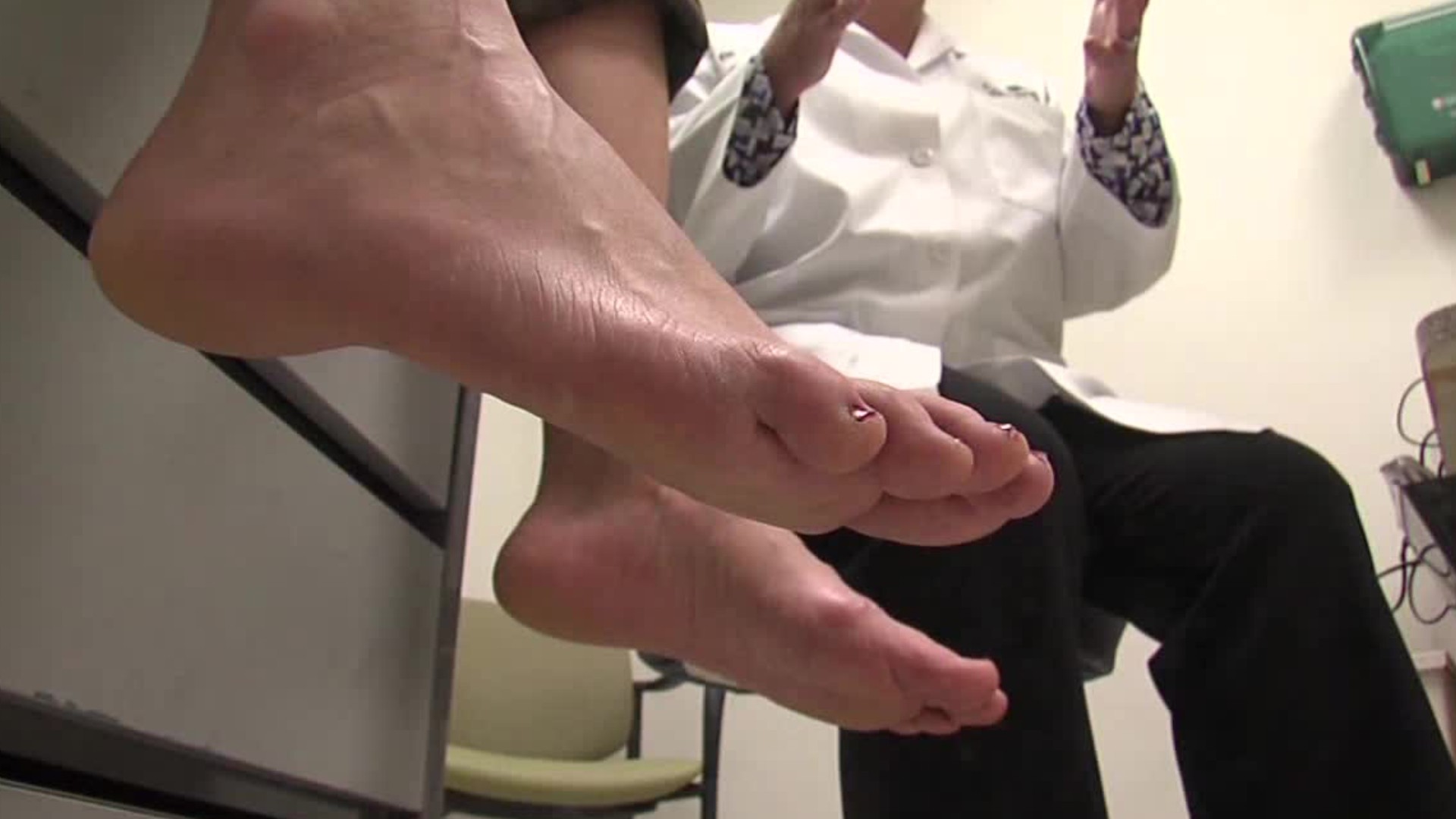Podiatrists
Doctor of Podiatric Medicine (DPM), Doctor Podiatric Medicine (DPM), Podiatric Surgeon, Podiatrist
 Select a military branch to see samples.
Select a military branch to see samples.
Orthopedic Surgeon; Orthopedic Surgeon, Hand Surgery; Orthopedic Surgeon, Oncology; Orthopedic Surgeon, Pediatrics; Orthopedic Surgeon, Replacement Arthroplasty; Orthopedic Surgeon, Spine Surgery; Orthopedic Surgeon, Sports Medicine; Orthopedic Surgeon, Traumatology; Podiatric Surgeon
Aeromedical Evacuation; Allied Sciences; Behavioral Sciences; Health Services; Medical Service Corps Officer; Optometry; Orthopedic Specialist; Orthopedic Surgeon; Pharmacy; Podiatry
No similar titles were found.
No similar titles were found.
Orthopedic Cast Room Technician; Orthopedic Surgeon; Orthopedic Technician; Podiatrist
Podiatric Surgeon
What they do:
Diagnose and treat diseases and deformities of the human foot.
On the job, you would:
- Treat bone, muscle, and joint disorders affecting the feet and ankles.
- Diagnose diseases and deformities of the foot using medical histories, physical examinations, x-rays, and laboratory test results.
- Advise patients about treatments and foot care techniques necessary for prevention of future problems.
Knowledge
Health
- medicine and dentistry
- therapy and counseling
Business
- customer service
- management
Arts and Humanities
- English language
Education and Training
- teaching and course design
Skills
Basic Skills
- figuring out how to use new ideas or things
- listening to others, not interrupting, and asking good questions
Problem Solving
- noticing a problem and figuring out the best way to solve it
People and Technology Systems
- thinking about the pros and cons of different options and picking the best one
- figuring out how a system should work and how changes in the future will affect it
Abilities
Verbal
- communicate by writing
- read and understand what is written
Ideas and Logic
- use rules to solve problems
- make general rules or come up with answers from lots of detailed information
Visual Understanding
- see hidden patterns
- quickly know what you are looking at
Hand and Finger Use
- hold or move items with your hands
Personality
People interested in this work like activities that include ideas, thinking, and figuring things out.
They do well at jobs that need:
- Achievement Orientation
- Cautiousness
- Integrity
- Attention to Detail
- Dependability
- Intellectual Curiosity
Technology
You might use software like this on the job:
Data base user interface and query software
- Microsoft Access
Medical software
- Advantage Software Podiatry Advantage
- Quick Notes PDQ Podiatry
Electronic mail software
- Email software
Education
Education: (rated 5 of 5)
doctoral degree or
post-doctoral training
usually needed
post-doctoral training
usually needed
Job Outlook
Below Average
New job opportunities are less likely in the future.
Explore More
- Dermatologists
- Ophthalmologists
- Orthopedic Surgeons
- Pediatric Surgeons
- Physical Medicine & Rehabilitation Physicians
You might like a career in one of these industries:
See more details at O*NET OnLine about Podiatrists.





